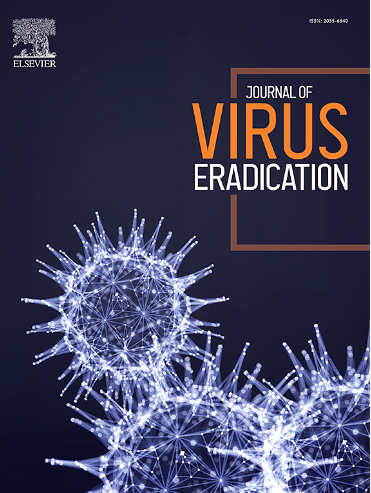病毒学中分裂蛋白技术的演变:从机制发现和诊断到治疗前景
IF 2
4区 医学
Q2 IMMUNOLOGY
引用次数: 0
摘要
HIV、HBV和SARS-CoV-2等病毒带来的持续挑战需要不断发展分子工具来研究它们并推进治疗研究。分裂蛋白互补测定法(PCAs)将报告蛋白分成两个无活性片段,已经从简单的生物事件报告演变为现代病毒学中越来越重要的工具。本文回顾了分裂蛋白系统的进化轨迹。我们从它们在机械发现中的基础应用开始,在那里他们第一次在活细胞中可视化病毒与宿主的相互作用。然后,我们探索其转化为实际应用,如高通量药物筛选和快速点护理诊断。这种进化的一个步骤是系统工程平台的发展,极大地加速了新型生物传感器的创造。最后,我们讨论了最新的前沿:工程治疗活性“分裂效应”。通过整合合成生物学的原理,这些先进的系统可以作为可编程逻辑门,对特定的病毒特征做出反应。虽然治疗翻译仍处于临床前阶段,但分裂蛋白平台正在成为先进研究和潜在治疗开发的有形工具。本文章由计算机程序翻译,如有差异,请以英文原文为准。
Evolution of split-protein technologies in virology: From mechanistic discovery and diagnostics to therapeutic promise
The persistent challenge posed by viruses such as HIV, HBV, and SARS-CoV-2 necessitates the continuous evolution of molecular tools for their study and for advancing therapeutic research. Split-protein complementation assays (PCAs), where a reporter protein is divided into two inactive fragments, have evolved from simple reporters of biological events into an increasingly important tool in modern virology. This review traces the evolutionary trajectory of split-protein systems. We begin with their foundational use in mechanistic discovery, where they first visualized viral-host interactions in living cells. We then explore their translation into practical applications, such as high-throughput drug screening and rapid point-of-care diagnostics. A step in this evolution was the development of systematic engineering platforms, dramatically accelerating the creation of novel biosensors. Finally, we discuss the latest frontier: engineering therapeutically active "split effectors." By integrating principles from synthetic biology, these advanced systems can function as programmable logic gates that respond to specific viral signatures. While therapeutic translation remains preclinical, split-protein platforms are emerging as tangible tools for advanced research and potential therapeutic development.
求助全文
通过发布文献求助,成功后即可免费获取论文全文。
去求助
来源期刊

Journal of Virus Eradication
Medicine-Public Health, Environmental and Occupational Health
CiteScore
6.10
自引率
1.80%
发文量
28
审稿时长
39 weeks
期刊介绍:
The Journal of Virus Eradication aims to provide a specialist, open-access forum to publish work in the rapidly developing field of virus eradication. The Journal covers all human viruses, in the context of new therapeutic strategies, as well as societal eradication of viral infections with preventive interventions.
The Journal is aimed at the international community involved in the prevention and management of viral infections. It provides an academic forum for the publication of original research into viral reservoirs, viral persistence and virus eradication and ultimately development of cures.
The Journal not only publishes original research, but provides an opportunity for opinions, reviews, case studies and comments on the published literature. It focusses on evidence-based medicine as the major thrust in the successful management of viral infections.The Journal encompasses virological, immunological, epidemiological, modelling, pharmacological, pre-clinical and in vitro, as well as clinical, data including but not limited to drugs, immunotherapy and gene therapy. It is an important source of information on the development of vaccine programs and preventative measures aimed at virus eradication.
 求助内容:
求助内容: 应助结果提醒方式:
应助结果提醒方式:


